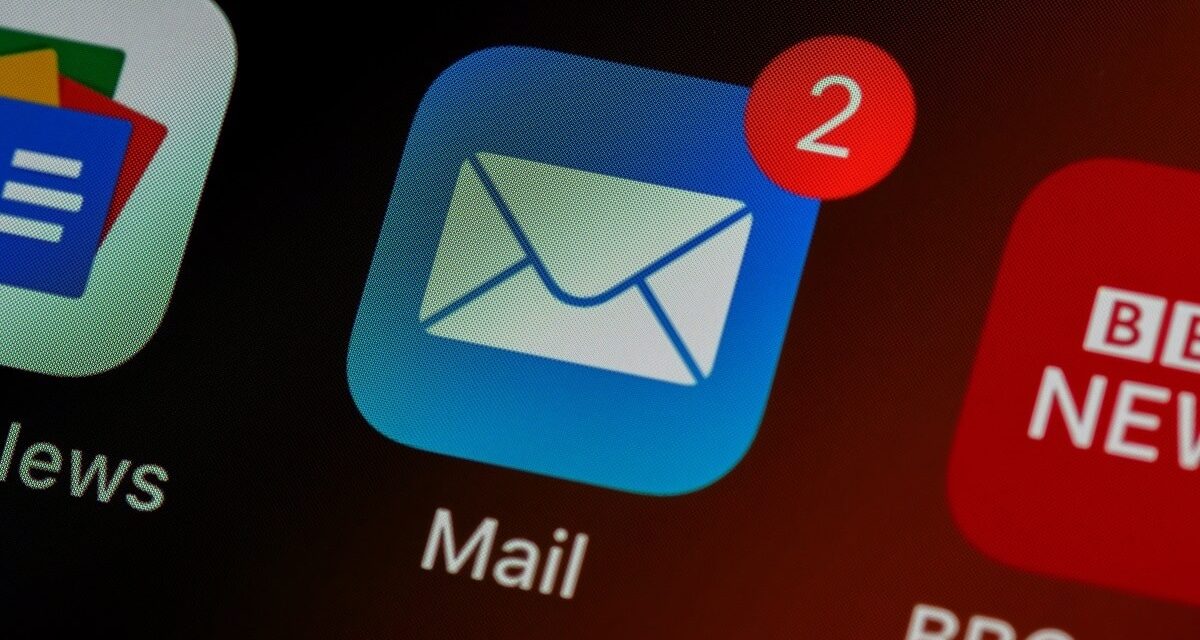Do you want to keep in touch with your prospects while continuing to provide them with precious information? Try Marketing Drip! In this article, we will define what DRIP Marketing is, the key elements to be included in a campaign and, finally, we will share best practices for campaigns that really succeed.
What is Marketing Drip?
The term “drip marketing” means a communication strategy based on sending a series of automated messages to customers and prospects, at specific intervals. For reasons of profitability and efficiency, these messages generally take the form of emails. However, drip marketing, or Marketing drip, also refers to telephone calls and other communication methods.
If you are looking for ways to optimize your marketing activities in order to increase your income, drip marketing campaigns could be a useful strategy to add to your directory. DRIP Marketing allows you to stay connected to your customers and to maintain the interest of prospects. Your goal is to ensure that the right information can reach the right people, at the right time, with a minimum of effort on your part.
You may hear about drip campaigns under the name of automated e-mailing campaigns, automatic responders or marketing automation, but all of these terms have the same meaning: sending automated emails according to a pre-established calendar and according to predefined factors. This term is linked to that of “drip feeding”, which means “gradually supply and in small quantities”.
The key elements of a Marketing Drip campaign?
Now that you know what DRIP Marketing is, it's time to present the elements that make it up.
1 – Triggers
Triggers are the events that start your DRIP Marketing campaign. How ? By causing the entry of a new prospect into your pipeline or by proposing it further into the funnel. Depending on the particularities of your business, the range and the number of triggers may vary. Here are some of the most common triggers:
- a new subscriber to your blog;
- the creation of a lead;
- A potential customer who leaves the site without validating his basket;
- A person creating an account in your e-commerce store.
2 – Conditions
To make your prospects start to get involved, triggers are not always enough. A set of predefined conditions must first be met. The conditions for a Marketing Drip campaign are determined by the marketing manager who plans the campaign. If you have no idea where to start, here are 2 concrete examples:
- Condition 1: sending an email when a prospect clicked on a particular bond;
- Condition 2: Wait two days before sending the first email of the sequence.
3 – Actions
In the Marketing Drip, actions refer to the real engagement elements which establish a connection between the company and its customers. Depending on the type of marketing drip in question, these actions can take the form of emails, SMS, direct messages on social networks or even push notifications.
The best practices to create your DRIP Marketing campaigns
1. Be informative while being concise
There are some types of emails for which long content is really useful. For example, if your prospect is specifically interested in how you have founded your business, you can create a Marketing Drip campaign on this subject.
However, unless it is a similar case, your prospects must arrive at your call-to-action as quickly as possible. Be concise and entitled to goal in two or three maximum paragraphs.
2. Send your emails on Friday
Many debates are carried out on the best schedule and the best day of the week to send emails. Research by Campaign Monitor show that Fridays have the highest opening and click rates (18.9 % and 2.7 % respectively). This research also shows that Saturday is one day to avoid.
Although the studies conducted can be a good compass, your rate of sending will really depend on the moment when your prospects interact the most with your emails. So keep an eye on statistics to determine what is most effective.
3. Do A/B tests on sending hours.
What is the best time to send e-mails in a drop by drop? We have seen that Friday is one day to favor, but what time? The data suggests that in the morning is very effective (even from 4 a.m.), because most office employees (who usually start their day at 9 a.m.) check their emails in the morning.
However, the best time for your business will depend, there, on your potential customers and not published studies. Where is the vast majority of your customers? What is their sector of activity? Do they work at home and do they tend to work at regular hours? Answer these questions before validating an hour of sending.
4. Follow the opening rates, click rates etc.
In the tool you have chosen to carry out your DRIP Marketing campaigns, you should be able to see opening rates, click rates and responsiveness rates. The latter is particularly important because it tells you the percentage of people who actually clicked after opening the email.
Monitoring this information allows you not only to determine the best day and the best time to send your emails, but also to carry out A/B tests on the formulation, positioning or design of your CTA. You can also test the effectiveness of your object lines by examining the opening rate.
These 3 measures are actually the easiest to find and analyze. But, if you wish, you can follow other key indicators, such as the unsubscribe rate, to assess the overall performance of your DRIP Marketing campaign.
5. Put a follow -up sequence in place after an absence of response.
Did your potential customer not respond? Now is not the time to go back and consider that it is a lost prospect. Send a follow-up email-again and again, without being boring or intrusive. Remember that a marketing drip campaign is still aimed at offering value. And, you have to resell, right? If you cannot reconnect to your prospect after several attempts (at least twice), you can then send a “rupture” email and remove the lead from the sequence.
6. Request an information return if your DRIP Marketing campaign is not successful
If a prospect does not convert-that is to say if he does not program a demonstration, does not call the sales team or does not register for a webinar-send him a link to a questionnaire. Watching the indicators is one thing. Hearing directly from your prospects what you can improve is another.
Create an investigation and try to understand why the prospect was not interested. Was it just not the right time? Did they choose a competitor? Armed with these answers, you can create a drip campaign that really engages your prospects at each stage of the buyer's route.






